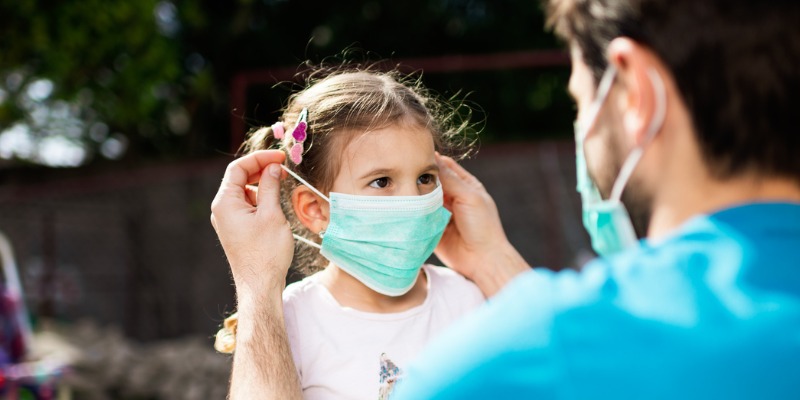No more mask mandates in schools

Next week, schools across the country will welcome students back to class. And for the first time in more than two years, provinces have few, if any, public health restrictions in place. This means students will finally have a real shot at a normal learning environment again. No masks, no hybrid classes, no artificial social distancing and plenty of extracurricular activities. That’s how it should be.
And yet, some people want to bring back the restrictions. For example, with municipal election campaigns underway, some school board candidates want to reinstate masking requirements (like some school districts in the United States). Many Canadian universities are making masks mandatory for students and staff this fall including the University of Manitoba, Dalhousie University and Western University. Students at these institutions can expect a learning environment that’s far from normal.
Is this good public policy? Simply put, no.
To be fair, most people pushing for mask mandates and other public health restrictions are genuinely concerned about COVID-19 transmission and believe these measures are necessary to protect people. The problem is not with their intentions but with the impact these measures have on students.
For example, the evidence clearly shows that schools are not significant drivers of COVID-19 transmission and that students are the demographic group least likely to experience severe outcomes from COVID. Policymakers across Canada made a mistake when they closed schools during the pandemic. This error should never be repeated.
In fact, the evidence now shows that extended school closures had a net negative impact on students. Mental health problems skyrocketed, many students lost access to healthy food, vaccination rates for other diseases declined (because many students receive vaccinations in school), and students missed out on fundamental academic learning.
Of course, some say it’s better to be safe than sorry. Essentially, this principle emphasizes caution; that we must reduce the risk of harm and that public health restrictions including mask mandates are a minor price to pay for keeping students safe from a dangerous virus.
However, this precautionary principle focuses on only one variable and overlooks many other important considerations. There’s more to life than not catching COVID. At this stage of the pandemic, it’s more important to ensure students receive a quality education than to prevent them from catching a virus that’s unlikely to have a significant impact on them.
For masks specifically, the inconvenience for students is far from minor, particularly when we know that most communication is nonverbal. It’s hard to read facial expressions and interpret body language when everyone’s wearing a mask. Teachers cannot interpret nonverbal cues from students wearing masks nor can students properly understand their teachers. This problem is exponentially worse for students with hearing disabilities, particularly those who rely on lip reading to understand their teachers and classmates. Masks rob these students of their ability to communicate. Sadly, their concerns, and the concerns of other students and parents, get lost in the chorus of fear about COVID.
Other restrictions (social distancing, for example) are also harmful to student learning and are more theatrical than anything else. Keeping students artificially apart in school while allowing them to congregate freely the rest of the time merely sends the message that school is a place where rules don’t make sense.
It's time we put the interests of students first. That means a totally normal learning environment next month and the entire schoolyear.

